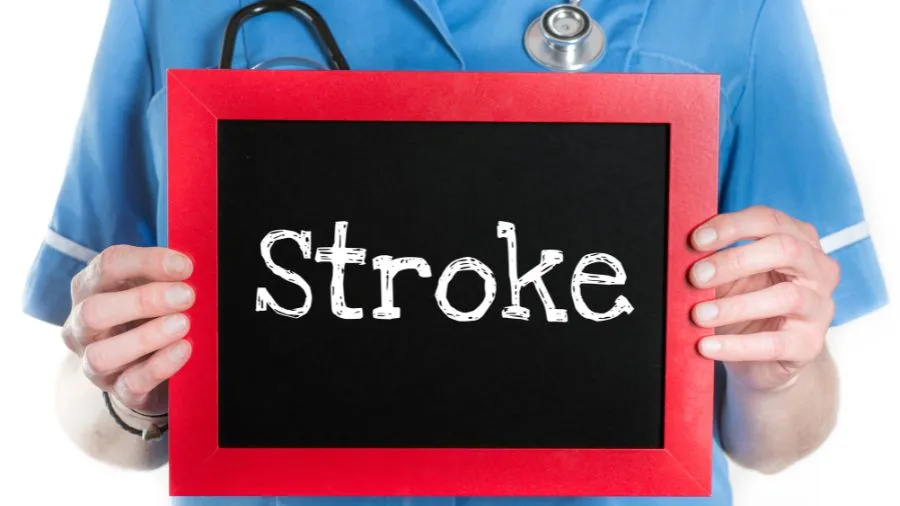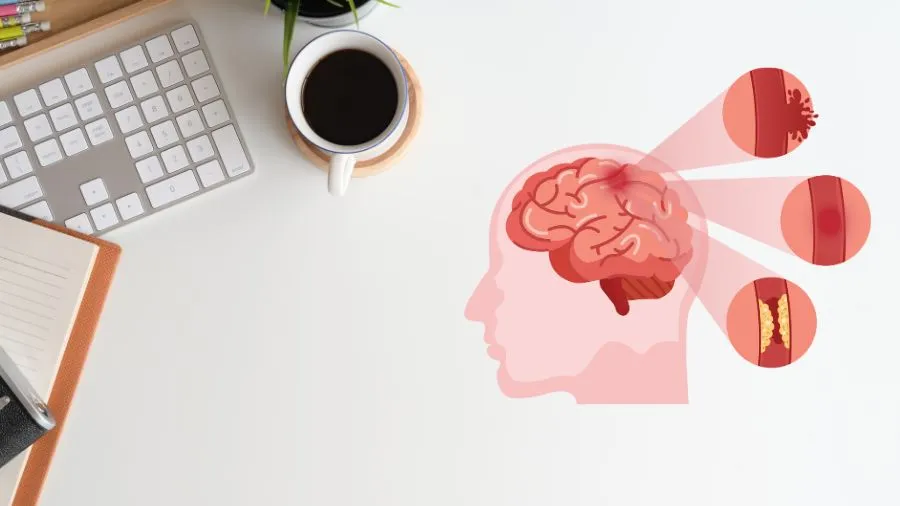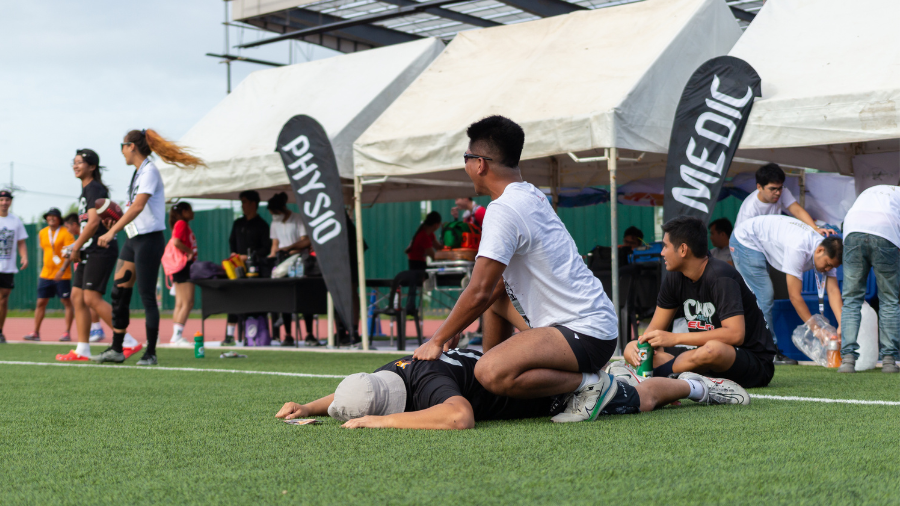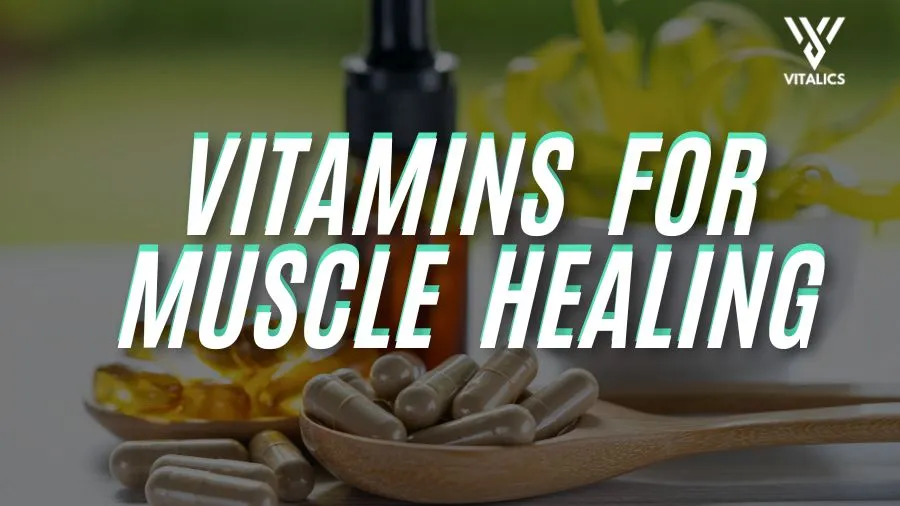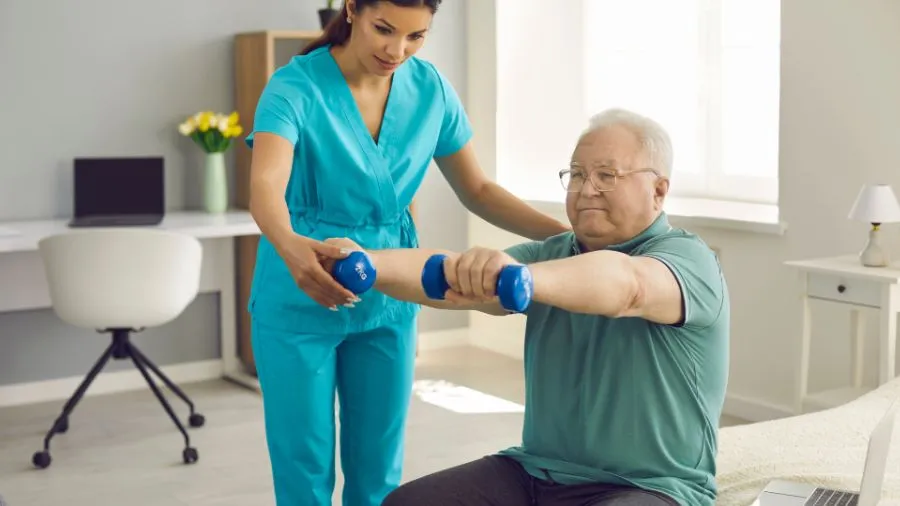A stroke, also known as a cerebrovascular accident (CVA), is a medical emergency that occurs when blood flow to a part of the brain is interrupted or reduced, depriving brain tissue of oxygen and nutrients. This can damage or kill brain cells, leading to a range of neurological symptoms and potential long-term disabilities.
Types of Strokes
Strokes can be broadly classified into two main types:
- Ischemic Stroke: This is the most common type of stroke, accounting for about 85% of all strokes. It occurs when a blood clot forms in an artery leading to or within the brain, blocking blood flow to a specific area.
- Hemorrhagic Stroke: This type of stroke occurs when a weakened blood vessel in the brain ruptures or bursts, causing bleeding into the surrounding brain tissue. Hemorrhagic strokes are less common than ischemic strokes, but they can be more severe and life-threatening.
- Transient Ischemic Attack – also called a “mini-stroke.” It differs from the major types of stroke. In TIA, th blood flow to the brain is blocked for only a short time(usually not more than 5 minutes)
Symptoms of a Stroke
The symptoms of a stroke can vary depending on the location and size of the area affected in the brain. However, some common symptoms include:
- Sudden weakness or numbness on one side of the body
- Difficulty speaking or understanding speech
- Vision problems in one or both eyes
- Dizziness or loss of balance
- Severe headache with no apparent cause
Risk Factors for Stroke
Several factors can increase the risk of stroke, including:
- High blood pressure
- High cholesterol
- Diabetes
- Smoking
- Obesity
- Excessive alcohol consumption
- Age
- Family history of stroke
Preventing Strokes
Many of the risk factors for stroke can be modified through lifestyle changes and medical interventions. Here are some ways to reduce your risk of stroke:
- Maintain a healthy blood pressure
- Control cholesterol levels
- Manage diabetes effectively
- Quit smoking
- Maintain a healthy weight
- Limit alcohol consumption
- Engage in regular exercise
- Follow a healthy diet rich in fruits, vegetables, and whole grains
Related: What is ACL reconstruction ?
Treatment for Stroke
The treatment for stroke depends on the type and severity of the stroke. For ischemic strokes, clot-busting medications or procedures to remove the clot may be used. For hemorrhagic strokes, surgery may be necessary to repair the ruptured blood vessel. In addition, supportive care, such as managing blood pressure and blood sugar levels, is crucial for recovery.
Physical Therapy plays a major role in the recovery of stroke. several exercise are used to train the body back to do the functions it used to carry out before and preserve the ones that cannot be restored. Some patients get a full recovery, but the recovery is based on the extent to which the brain was affected. Contact us so we can help you with your recovery.

